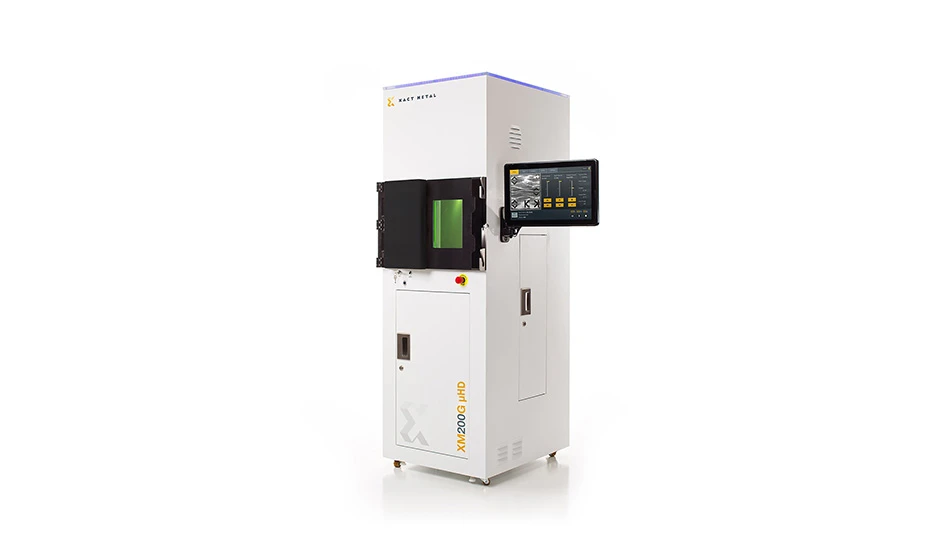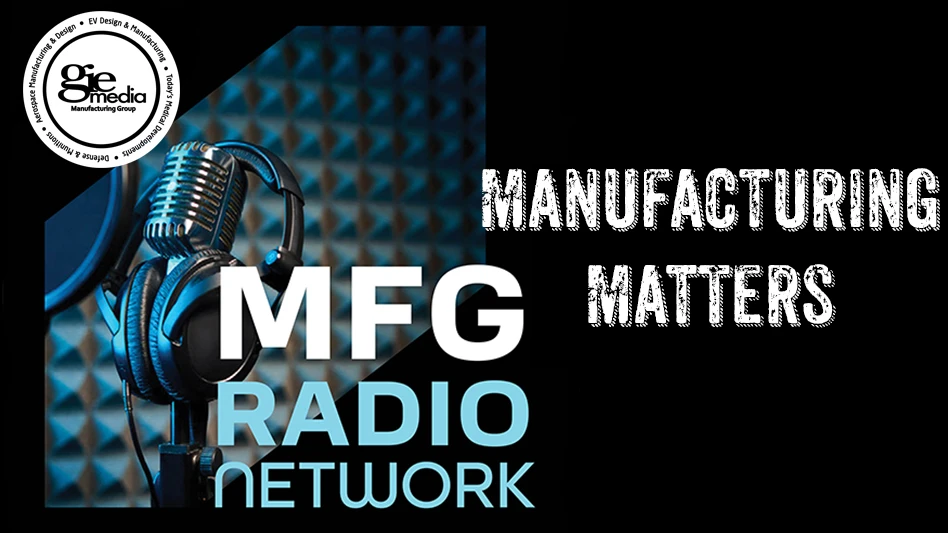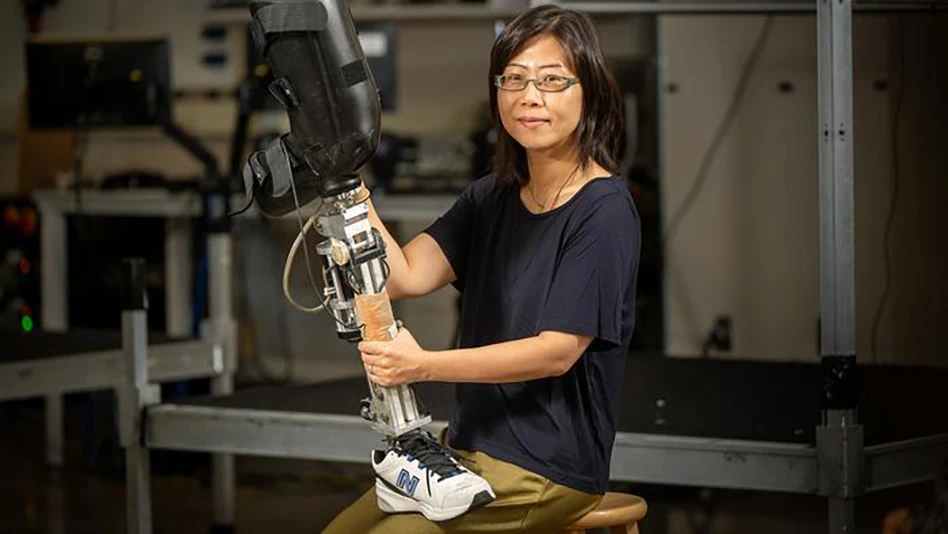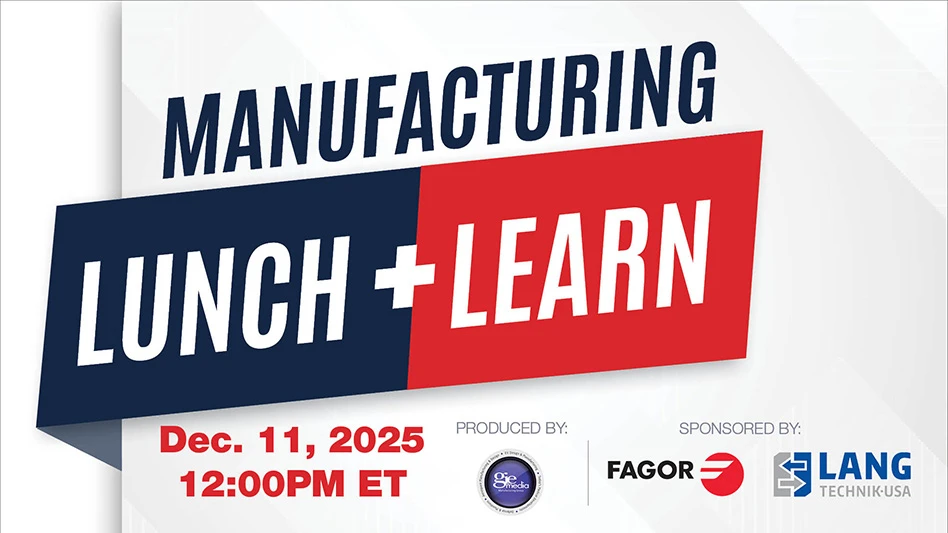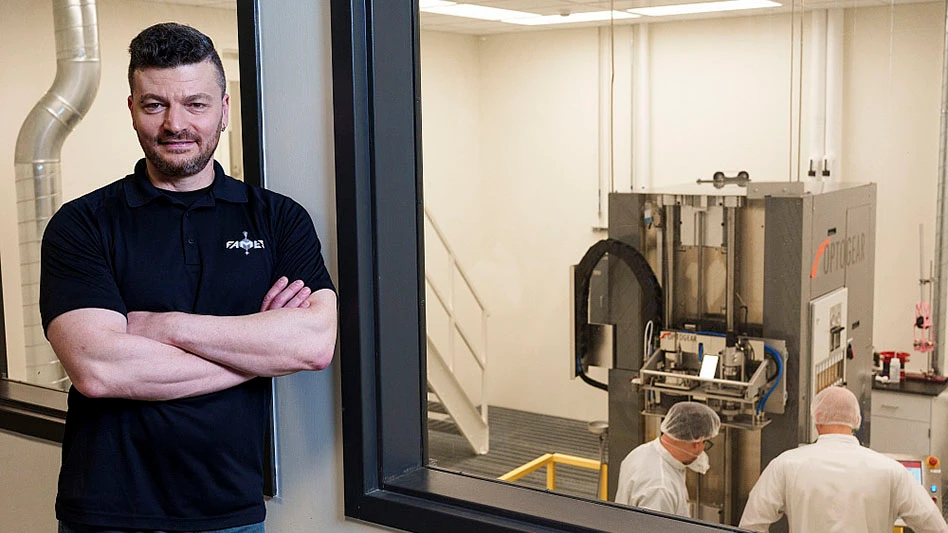 The European Union (EU) Restriction on Hazardous Substances (RoHS) Directive regulates the use of cadmium (Cd), lead (Pb), mercury (Hg), hex-chromium (Cr6+), and two bromine (Br) compounds (PBB and PBDE) in consumer products.
The European Union (EU) Restriction on Hazardous Substances (RoHS) Directive regulates the use of cadmium (Cd), lead (Pb), mercury (Hg), hex-chromium (Cr6+), and two bromine (Br) compounds (PBB and PBDE) in consumer products.
The medical device industry has only a few months left to meet the July 2014 deadline for compliance throughout its supply chain.
Challenge & solution
The RoHS Directive supply chain traceability requirements, and the need to find compliant alternatives or replacements, compounds supply chain management challenges. Medical device manufacturers need a simple and effective compliance solution that is acceptable to the EU RoHS Directive and will work throughout the supply chain.
Medical device manufacturers are fortunate because consumer electronics industry leaders, in 2006, developed global testing methods of regulated substances for the RoHS-1 Directive. Their published international standard IEC 62321 includes a nondestructive screening procedure using X-ray fluorescence (XRF) spectrometry. This procedure is also applicable to a medical device company for a compliance program with the RoHS-2 Directive scheduled for July 22, 2014.
Handheld XRF screening of the regulated substances in electric and electronic equipment is simple, fast, and cost-effective, both for risk management programs and RoHS compliance.
According to the RoHS Directive, electrical and electronic medical device equipment for import into the EU cannot contain Pb, Hg, Cr6+, or certain Br-compounds (PBB and PBDE) at levels over 0.1%, or Cd at levels over 0.01%. Limits of detection (LODs) for handheld XRF analyzers vary; however, most are well within the range necessary for RoHS compliance screening. Some testing programs may require advanced handheld XRF configurations to bolster confidence in detecting action levels of Cd and Cr in some alloy materials, especially solders and steel.
Another valuable contribution from early developments of RoHS compliance testing methods includes a knowledge base of common components with a historical use of restricted substances. These components are screened by most manufacturers on a regular basis as a part of risk management.
Understanding XRF results
To make screening easier and faster, Olympus has incorporated typical RoHS screening needs into the results display. This includes dealing with nonhomogenous materials, surface and substrate inspections, detailed concentration and/or action-level pass/fail indications, and results navigation. All of the results information, including an image of the sample spot, can be generated into a report format for comprehensive screening documentation.
Olympus XRF analyzers are equipped with a small spot collimator that can focus in on areas as small as 3mm in diameter. On-screen displays of the measured area can be archived to memory for use in subsequent test reports.
Regulatory testing with handheld XRF
Handheld SRF provides a simple, fast, and cost-effective risk management tool to screen medical device components for the regulated substances.
Medical device manufacturers have long-established relationships with a myriad of suppliers. An important lesson learned from the RoHS-1 compliance experience is “trust, but verify.” This philosophy helps ensure that all stakeholders in the supply chain benefit from RoHS compliance programs whether for new or established products and suppliers.
Olympus
https://www.olympus-ims.com/

Explore the April 2014 Issue
Check out more from this issue and find your next story to read.
Latest from Today's Medical Developments
- GrindingHub Americas launches in 2027 in Cincinnati, Ohio
- Methods Machine Tools now offers the Nakamura-Tome NT-Flex
- Battelle awards $900,000 in STEM education grants to Ohio schools
- #55 Lunch + Learn Podcast with KINEXON
- Starrett and Gerstner offer limited edition, American made 1950s replica wooden machinist tool chests
- EMCO’s UNIVERSALTURN 50: The new benchmark in universal turning
- Archetype's Expertise for Equity accelerates early-stage innovation
- Stratasys expands its AM solutions with Tritone's cutting-edge technology
